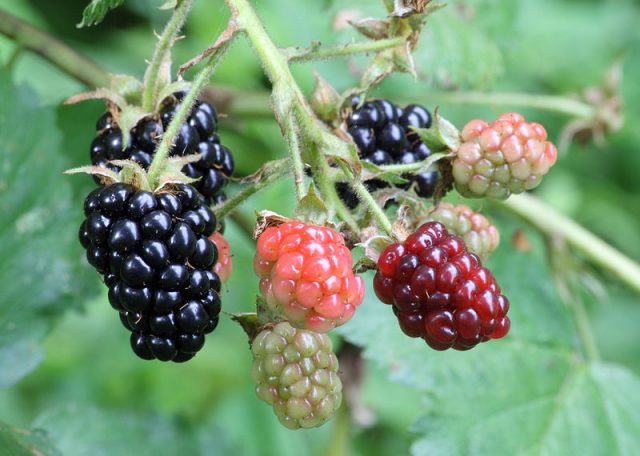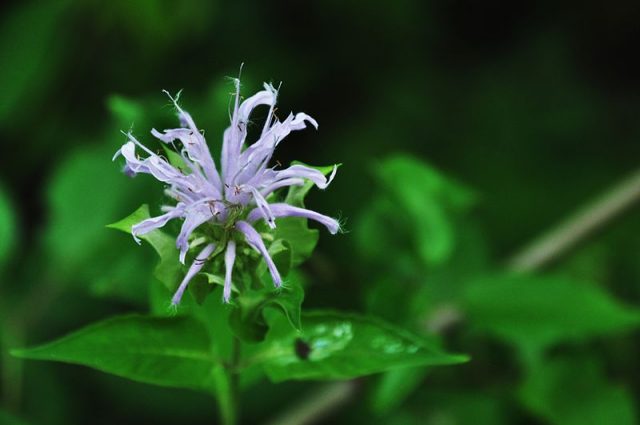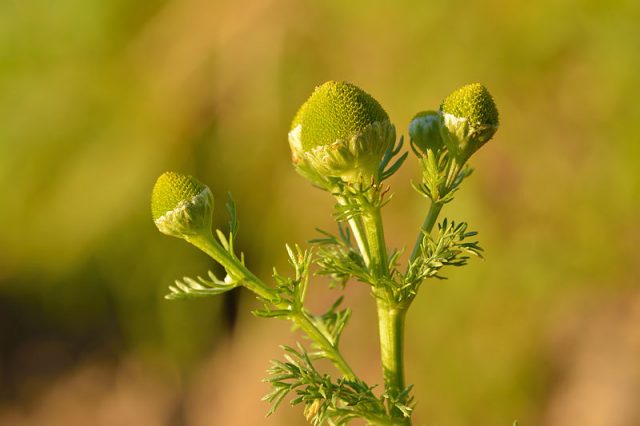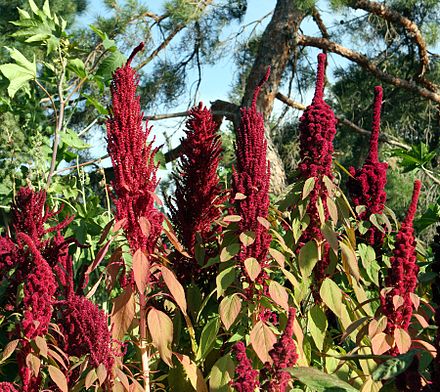Edible Wild plants, the difference between life and death when lost in the wilderness
One thing that you hope to find in abundance, just in case you find yourself stranded in the wilderness are wild plants, and there’s hundreds of them.
It is crucial to have some knowledge of wild plants, about their composition and their effect on the human body. It is of course unlike going to your local supermarket where you can simply walk in and pick your favorite products, in the wild your life depends on small choices.
What you put in your mouth in the wild is of crucial significance, one wrong decision could result in a painful death.
Following is a list containing some of most commonly found wild plants in the woods that you can eat, to save your life.
Blackberries

There is a whole group of wild berries most of which are not suitable for human consumption as they are highly poisonous. However, wild blackberries are 100% safe and edible and are fairly easy to spot in the wild. Found abundantly, blackberries must not be confused with raspberries. The main difference between the two is that blackberries’ stem comes off the branch whereas raspberries do not stem out. Another distinct feature of blackberries is that their branches are red with long thorns on them, with 5-petaled white flowers.
Plantain
Plantain can be found in many parts of the world; in the US you can see these plants sprouting in most states. Plantain basically belongs to weed family and can be eaten. The broadleaf plantain carries green leaves that are oval shaped, with thick stems. Out from the stem grow the pointed green flowers. Pick the green leaves and eat them raw or cook them on the coals of the fire.
Wild bee balm

Wild bee balm also known as the bergamot is also widely found across America and is normally in the form of large clumps.
The plant is very distinctively featured at up to 3 feet in height with erect branches. The leaves on these plants are no more than 3 inches long, pointed and toothed. A cluster of flower can be found at the end of each branch. The flowers of wild bee balm are mostly lavender (or even a light pink shade) in color. Both the leaves and flowers can be eaten raw or cooked and can also be used to prepare tea.
Pineapple weed

Pineapple weed is commonly mistaken for chamomile, however, when crushed chamomile does not produce a strong pineapple smell and this plant does. This weed commonly grows in a drier land, often in sandy locations of the wilderness.
The leaves of the weed are essentially hairless and give the impression of feathers and are about an inch in length.
The only drawback with pineapple weed is that it is considered a very low growing wild weed. Both the leaves and flowers are edible and can be used for tea.
Amaranth

Despite the fact that these plants grow in the wilderness, Amaranth is considered one of the most delicious wild plants. Typically, an Amaranth plant can grow between 35 to 59 inches.
The leaves on the plant alternate with a dense bunch of flowers at the top. The seeds are either black or brown. Almost every bit of this wild plant is safe to consume, however, make sure you don’t chew on the sharp spines of the leaves; that will definitely hurt your gums.
If you have any comments then please drop us a message on our Outdoor Revival Facebook page
If you have a good story to tell or blog let us know about it on our FB page, we’re also happy for article or review submissions, we’d love to hear from you.
We live in a beautiful world, get out there and enjoy it.
Outdoor Revival – Reconnecting us all with the Outdoors





